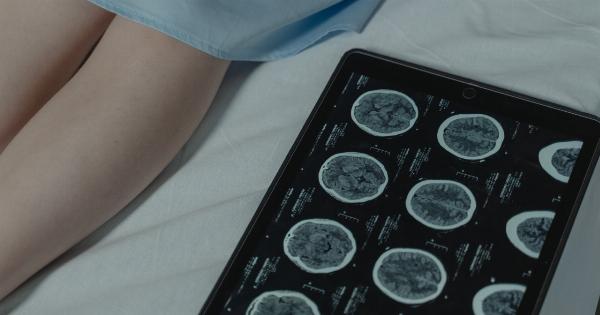Cancer is one of the deadliest diseases in the world. It is an abnormal growth of cells that can eventually spread to other parts of the body, and can ultimately lead to death.
In order to effectively treat cancer, it is important to track the progression of the disease in the body. This article will explore different methods of tracking the progression of cancer, including imaging techniques, blood tests, and biopsies.
Imaging Techniques for Tracking Cancer Progression
Imaging techniques are an important tool for tracking the progression of cancer in the body. There are different types of imaging techniques that can be used, including:.
X-rays
X-rays are a common imaging technique that uses radiation to produce images of the inside of the body. They can be used to detect tumors in the body, but are not very effective at detecting small tumors or early signs of cancer.
Computed Tomography (CT) Scans
CT scans use x-rays to create detailed images of the body. They can detect small tumors and can be used to track the growth of tumors over time.
Magnetic Resonance Imaging (MRI) Scans
MRI scans use a strong magnetic field and radio waves to produce detailed images of the inside of the body. They are very effective at detecting tumors and can be used to track the growth of tumors over time.
Positron Emission Tomography (PET) Scans
PET scans use a radioactive tracer to detect cancer cells in the body. The tracer is injected into the body and is absorbed by cancer cells. A scanner then detects the tracer and creates an image of the cancer cells in the body.
PET scans can be used to detect cancer in the early stages and can be used to track the progression of the disease over time.
Blood Tests for Tracking Cancer Progression
Blood tests can also be used to track the progression of cancer in the body. These tests can detect certain markers in the blood that are associated with cancer, including:.
Carcinoembryonic Antigen (CEA)
CEA is a protein that is produced by some cancer cells. It can be detected in the blood and can be used to monitor the progression of certain types of cancer, including colorectal cancer.
Prostate-Specific Antigen (PSA)
PSA is a protein that is produced by the prostate gland. It can be detected in the blood and can be used to monitor the progression of prostate cancer.
Cancer Antigen 125 (CA 125)
CA 125 is a protein that is produced by some cancer cells, including ovarian cancer. It can be detected in the blood and can be used to monitor the progression of ovarian cancer.
Biopsies for Tracking Cancer Progression
Biopsies are another important tool for tracking the progression of cancer in the body. A biopsy is a procedure in which a small amount of tissue is removed from the body and examined under a microscope for the presence of cancer cells.
There are different types of biopsies that can be used, including:.
Needle Biopsy
A needle biopsy uses a thin needle to remove a small amount of tissue from a suspicious area in the body. The tissue is examined under a microscope for the presence of cancer cells.
Endoscopic Biopsy
An endoscopic biopsy uses a thin, flexible tube with a camera and a cutting tool to remove a small amount of tissue from the body. The tissue is examined under a microscope for the presence of cancer cells.
Surgical Biopsy
A surgical biopsy is a more invasive procedure that involves removing a larger piece of tissue from the body. The tissue is examined under a microscope for the presence of cancer cells.
Conclusion
Tracking the progression of cancer in the body is essential for effective treatment and management of the disease. Imaging techniques, blood tests, and biopsies can all be used to detect cancer and monitor its progression over time.
By using these tools, doctors can provide the best possible care for their patients and improve their chances of survival.




























